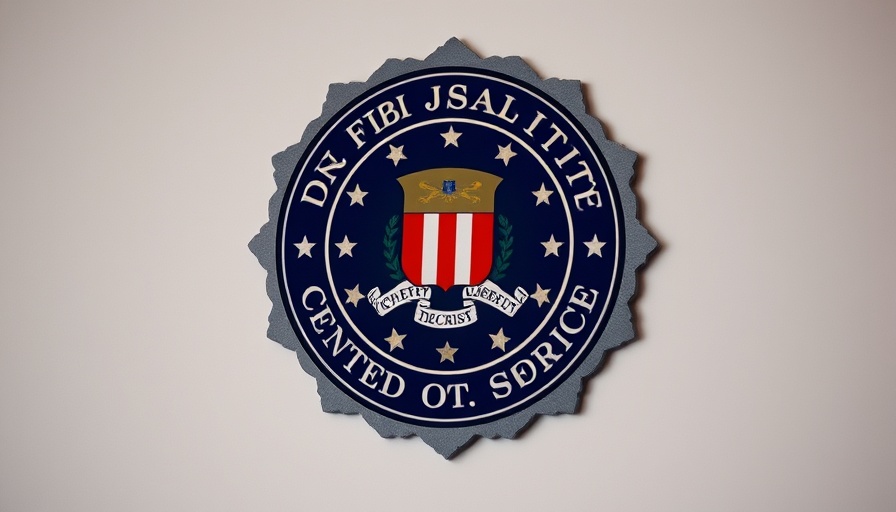
Unpacking the Incident: A Shocking Attack on Ohio Deputies
In a harrowing turn of events on February 28, 2025, officers from the Hamilton County Sheriff's Office were forced to confront a dangerously volatile situation when a man, Robert Eldred, attacked them using both a baseball bat and an axe. Newly released body-worn camera (BWC) footage from the incident offers a chilling glimpse into the confrontation, showcasing the tension that escalated to an officer-involved shooting (OIS). The nature of this incident has significant implications for law enforcement agencies, particularly concerning police officer safety and training protocols.
The Incident Breakdown: How Events Unfolded
The series of events began when deputies were called to the 6600 block of Cambridge Avenue after multiple reports of a man chasing residents with a bat. Officers initiated contact with Eldred, attempting to de-escalate the situation when he suddenly swung the bat at them. According to police reports, after throwing the bat, Eldred retreated into his residence only to return armed with an axe. Despite attempts to use non-lethal methods—including bean bag rounds and a TASER to subdue him—Eldred charged at the officers, leading to the deployment of lethal force. He sustained serious injuries but survived, as officers quickly rendered lifesaving aid afterward.
Best Practices for Modern Law Enforcement: Learning from Each Encounter
This alarming confrontation raises key questions about training and officer behavior in crisis situations. Sheriff Charmaine McGuffey firmly stated that her officers acted in compliance with their training, deploying non-lethal options before turning to lethal force. This incident underscores a critical best practice: law enforcement agencies must prioritize comprehensive training programs that emphasize scenario-based learning. Programs should incorporate regular evaluations of de-escalation techniques, officer wellness, and mental health considerations to better equip police officers for such high-stress encounters.
Public Safety Implications: Evolving Perceptions and Community Relations
Following this incident, it’s vital that we address the broader implications for community relations and public safety. Law enforcement agencies nationwide are navigating an increasingly scrutinized atmosphere in light of heightened awareness around police use of force. This particular case, where the man attacked officers with a deadly weapon, forces communities to reckon with the realities of officer safety as much as the risks of police violence. It presents an opportunity for agencies to reopen dialogues about community policing strategies and transparency in officer-involved shootings, particularly given that Eldred has been charged with multiple counts of felonious assault against the deputies involved.
Technological Tools in Policing: Enhancing Accountability and Safety
As conversations around police reform and accountability gain traction, the integration of technology—namely body-worn cameras—plays a pivotal role. In this instance, the BWC footage not only served as crucial evidence during the subsequent investigations but also as a tool to foster community trust. Incorporating advanced police technology alongside robust mental health support for officers is essential. Ensuring transparency through tech can redefine police-community relations while providing accountability in high-stakes interactions.
Moving Forward: Strategies for Law Enforcement
The incident involving Robert Eldred brings to the forefront pressing issues confronting police departments today, including training, safety, and community relations. Officers involved in potentially deadly confrontations should have access to mental health support to navigate the aftermath of such traumatic experiences. It’s imperative for law enforcement leaders to implement comprehensive, empathetic, and adjustable protocols to ensure the safety of both officers and civilians. Looking ahead, training programs should not only incorporate advances in technology but also emphasize emotional intelligence and crisis negotiation techniques.
To support these initiatives, stakeholders within law enforcement, policy-making, and community organizations must collaborate on effective reforms. Such collaborations can enhance police efficacy while reducing instances of violence and improving officer wellness. In doing so, communities can strive for a safer, more transparent future.
 Add Row
Add Row  Add
Add 

 Add Element
Add Element 




Write A Comment